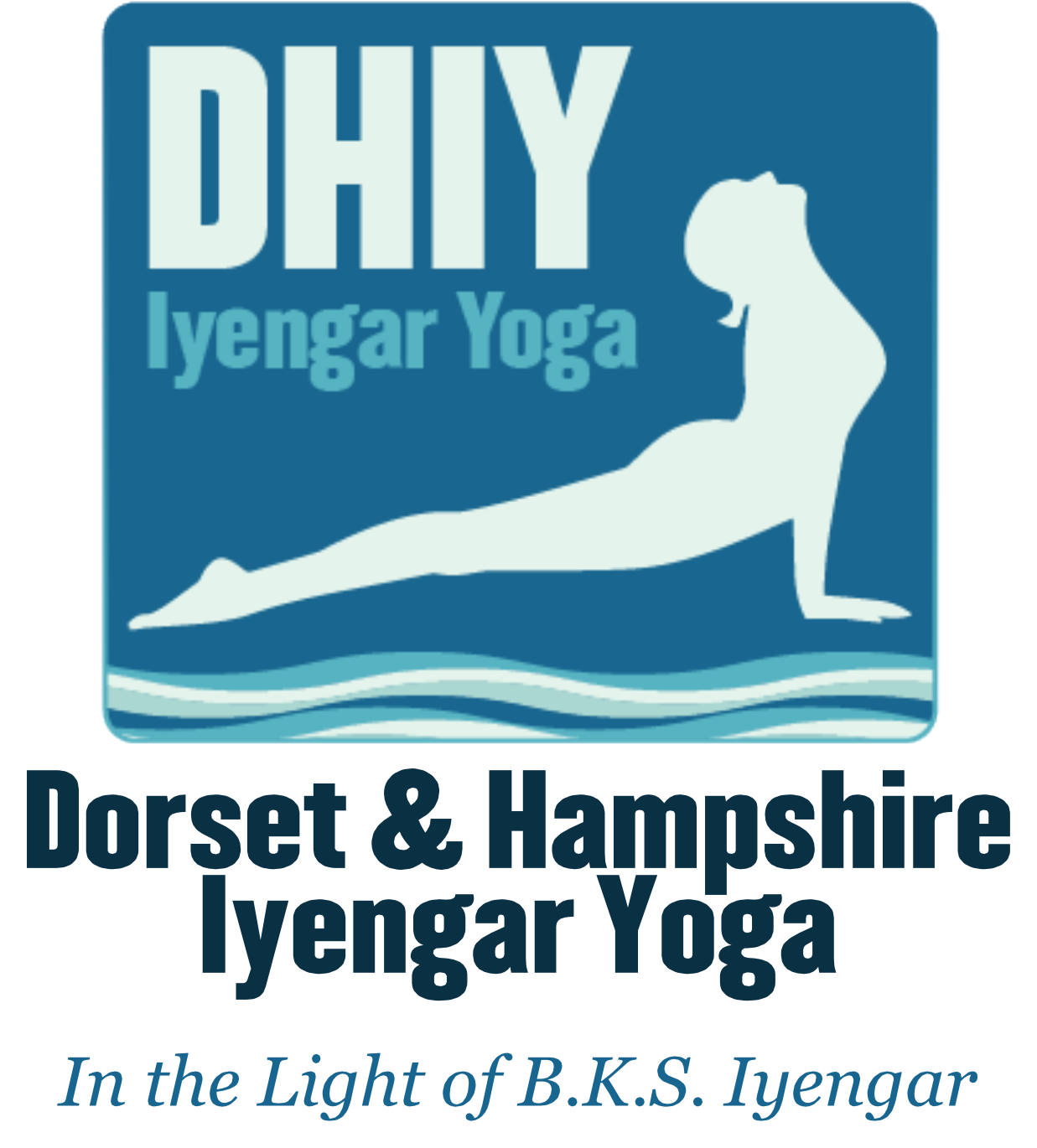When deciding if a workshop or class is suitable for you, it is helpful to know the experience levels expected by the teachers for each class or workshop. Two sets of definitions are fairly widely used in the community, either a numbered set of “levels” or a simple classification. As we host a variety of teachers, advertise community events, and local classes from a selection of different teachers, we’ve provided both sets of definitions below, organised from least experience to most, with some additional guidelines for students.
NOTE: This is not a definitive list - teachers may have different definitions in mind, and students are encouraged to talk to teachers ahead of attending a class to determine suitability. Events hosted by DHIY will generally adhere to these definitions.
Accommodations for disability/age/health
There is no specific requirement on age or a lack of medical conditions or disabilities for any of these levels - Iyengar Yoga offers a path for all students to progress no matter their situation. However, students requiring accommodations should discuss this with the teacher prior to attending a new class or workshop to ensure suitability, and to ensure that both the student and teacher are confident with any accommodations.
Years of Experience
There is no specific number of years which students should aim for between levels; but many teachers recommend at least 1-2 years of experience with classes at the previous level before attending classes at a more challenging level.
Class and Workshop Levels
These levels indicate the expected proficiency of a yogi who attends a class or workshop. These are provided by teachers to ensure that both students and teachers get the most out of the class, and to minimise risk of injury to students being pushed beyond their capacity. Students will generally get the most out of a class that matches closely with their own experience.
Note: Classes or workshops advertised as a mix of multiple levels (e.g. “level 2/3”) will typically be suitable for students with experience matching the lower level, but offering a greater challenge for those who wish to progress.
Level 1 / Beginner
An introductory level covering the fundamentals of Iyengar Yoga. Postures (asanas) from the introductory syllabus are taught to develop strength, stamina, and flexibility. Suitable for students new to Yoga, or practitioners from other schools of Yoga.
Level 2 / General
Work is more intensive than at the previous level, and you’ll be introduced to a wider variety of asanas, and basic pranayama. Students will be encouraged to develop a deeper understanding of foundational poses, how they relate to each other, and explore the effects of asana and pranayama practice on themselves.
Level 3 / Intermediate
For students who have a good understanding of the Sanskrit names of asanas, can independently establish and maintain a stable Sirsasana for at least 5 minutes and Sarvangasana for up to 8 minutes, and who have established a regular home practice. Work will be more demanding than at General level and asanas are studied in more detail. Students should be confident in exploring the effects of their practice, and should have a basic understanding of how to self-correct and modify their practice for minor injuries.
Level 4 / Advanced
For students who have gained proficiency in the previous level, with significant Iyengar Yoga experience, have a regular and established self practice, can hold Sirsasana and Sarvangasana steadily for 10 and 15 minutes respectively, and can push up independently into Urdhva Dhanurasana. Classes and workshops of this level offer a challenging experience for students looking to deepen their practice.
